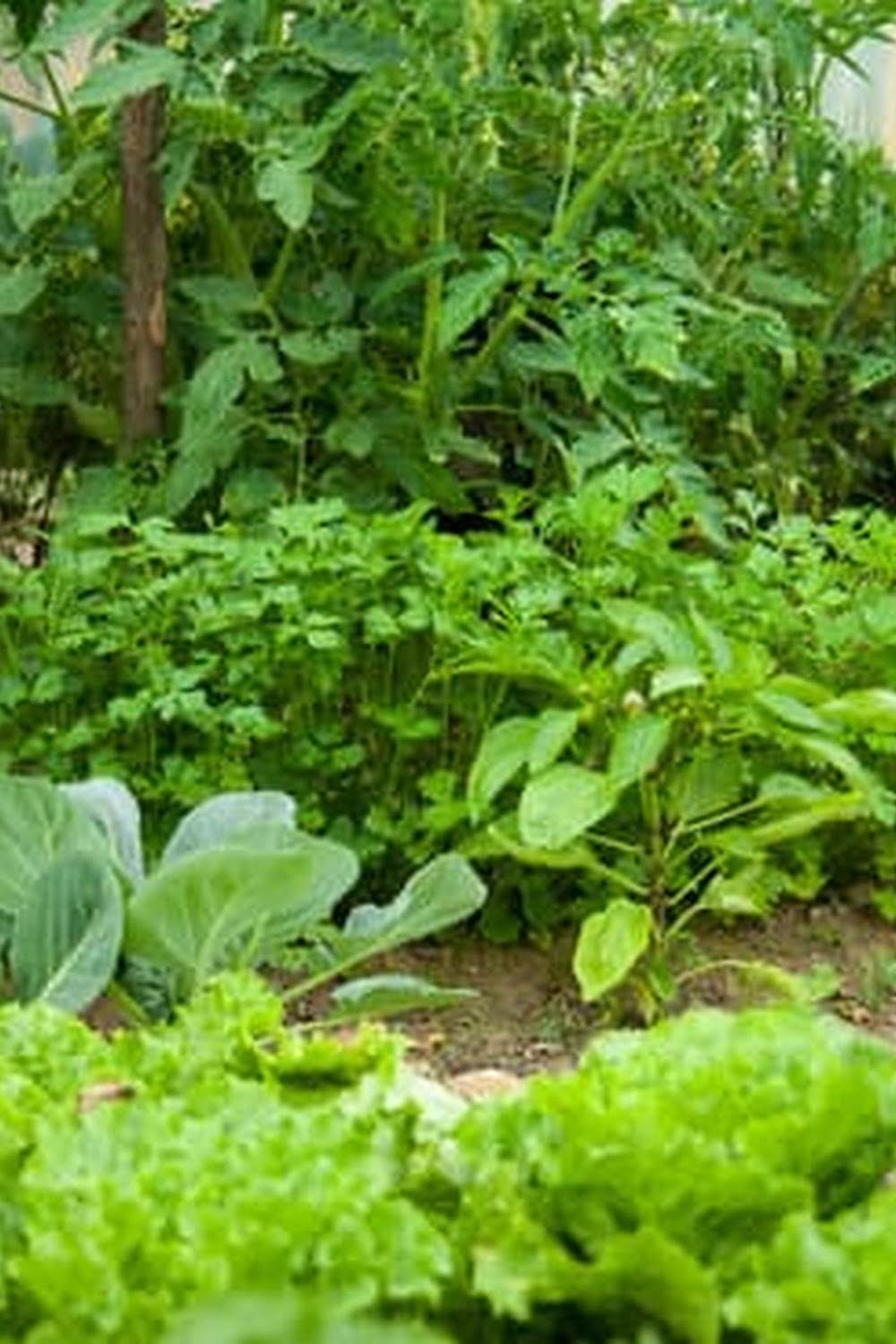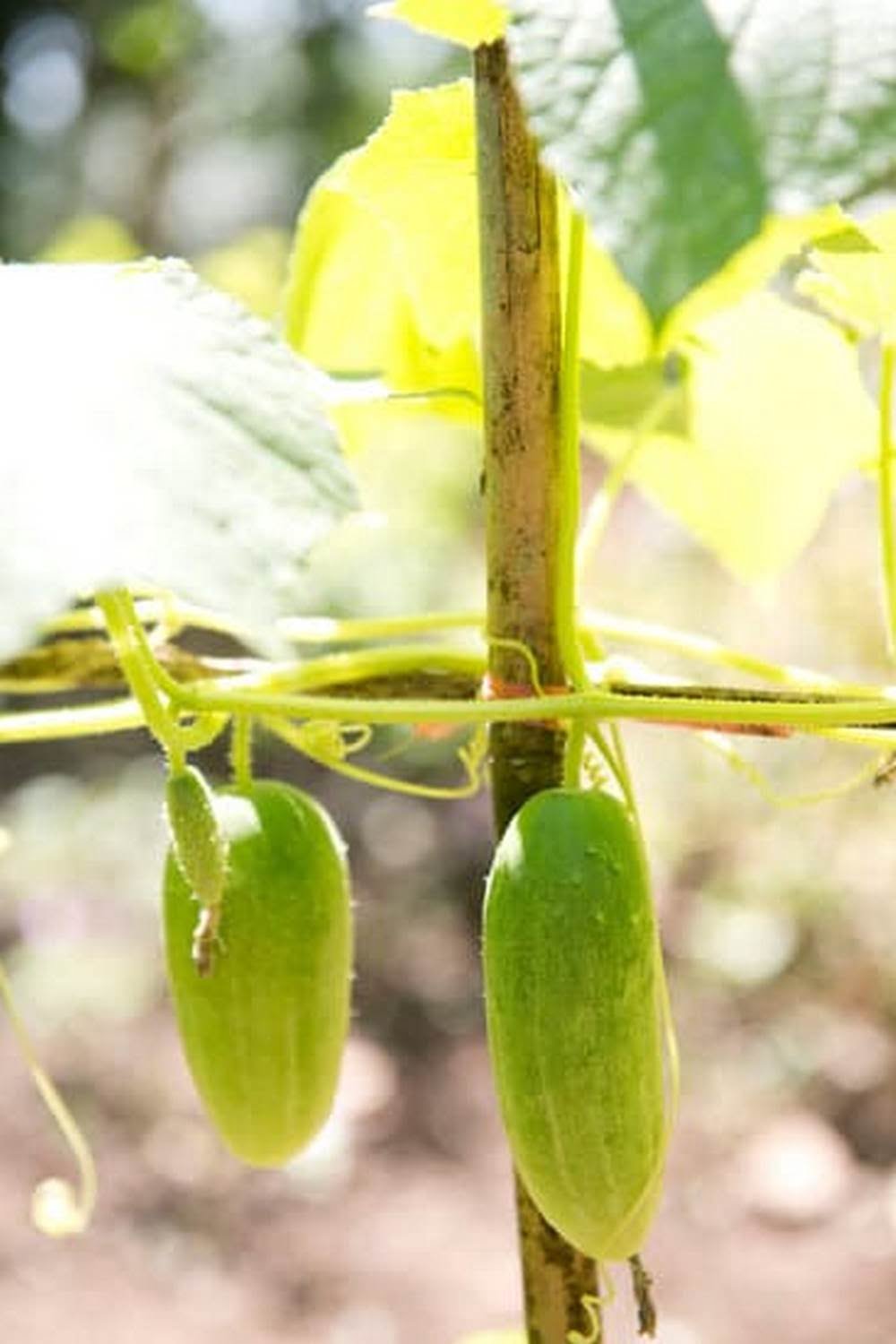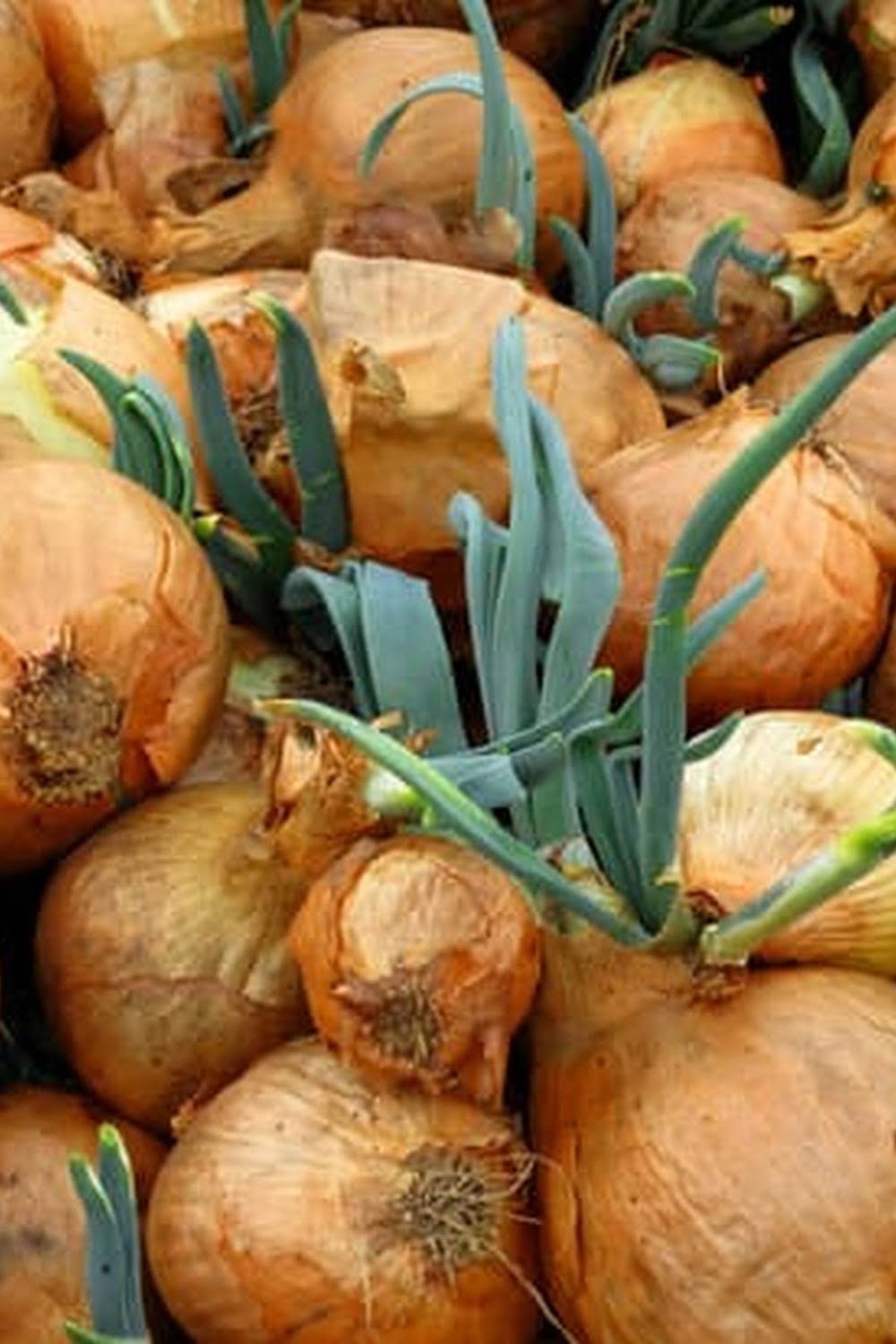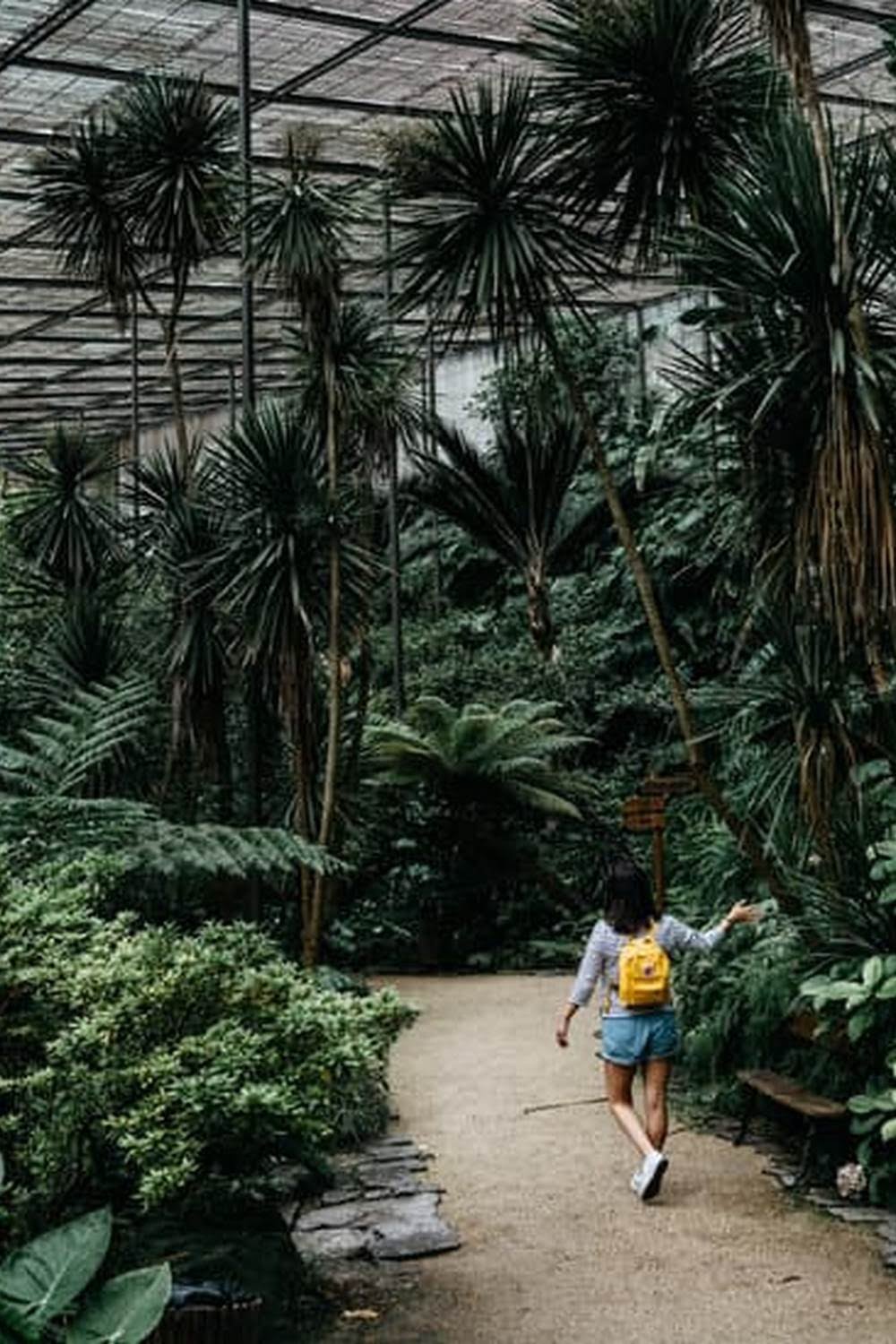Make Vegetable Garden Soil
In order to make a vegetable garden, you will need to start by making the soil. The best way to make the soil is to start by making a compost pile. A compost pile is made up of organic materials that will decompose and create a rich, dark soil.
To make a compost pile, you will need:
– brown materials: dead leaves, straw, sawdust, wood chips
– green materials: kitchen scraps, grass clippings, manure
To start the compost pile, you will need to mix together two parts of brown materials with one part of green materials. You can then start to add your kitchen scraps and other organic materials.
The pile will need to be turned every few weeks to help it decompose. In a few months, you will have rich, dark soil that is perfect for a vegetable garden.
How To Improve My Vegetable Garden Soil
There are a few things you can do to improve the soil in your vegetable garden. One is to add organic matter to the soil. This can be done by adding compost, manure, or leaf mold. Another is to add lime to the soil if it is acidic. This can be done by testing the soil with a soil test kit or by using a soil pH meter. You can also add sulfur to the soil if it is alkaline.
Another thing you can do to improve your soil is to add fertilizer. This can be done by adding a balanced fertilizer such as 10-10-10, or you can add a fertilizer specifically for vegetables. You can also add organic matter to the soil to act as a fertilizer.
Finally, you can add soil amendments to the soil. This can be done by adding crushed eggshells, ground oyster shells, or coffee grounds. These amendments help to add nutrients to the soil and to improve the soil structure.
Perfect Vegetable Garden Soil
A vegetable garden needs perfect soil to grow the best veggies. You can either create your own perfect soil or use a soil mix. The best soil mix for a vegetable garden has plenty of organic matter, including compost, peat moss, or leaf mold. The mix should also have a good supply of sand, loam, and clay. You can buy a soil mix or create your own.
If you are creating your own mix, start with a soil test. This will help you determine the pH level and nutrient levels of your soil. Once you know what you need to add to your soil, add organic matter and minerals. Sandy soils need more organic matter, while clay soils need more minerals.
To create the perfect soil mix for your vegetable garden, start by mixing one-third organic matter with one-third sand and one-third soil. If your soil is too acidic, add limestone; if it is too alkaline, add sulfur. If your soil is low in nitrogen, add blood meal or cottonseed meal. If it is low in phosphorous, add bone meal. If it is low in potassium, add muriate of potash.
Once you have created your perfect soil mix, it is important to keep it healthy. Add organic matter to your soil each year to keep it rich in nutrients. Vegetables need a steady supply of nutrients to grow well, so adding organic matter to your soil is the best way to provide them.
Good Soil For Vegetable Garden
A vegetable garden needs good soil to grow healthy plants. The best way to improve the soil is to add organic matter. This can be done by adding compost, manure or leaves. The organic matter will help to improve the texture and structure of the soil and will also add nutrients.
The pH of the soil is also important. The pH is a measure of how acidic or alkaline the soil is. Vegetables prefer a pH of 6.5 to 7.0. You can test the pH of your soil with a soil test kit. If the pH is not in the correct range, you can add lime or sulfur to the soil to adjust it.
A vegetable garden also needs plenty of water. Water the plants deeply once or twice a week, depending on the weather. Make sure the soil is wet at least 6 inches down.
If you follow these tips, you will be able to grow healthy vegetables in your garden.
What Kind Of Soil For My Vegetable Garden
?
The best kind of soil for your vegetable garden is a type known as “soil amendment.” Soil amendment is a mixture of organic and inorganic materials that have been processed to create a uniform, fine-textured soil. It is often used to improve the quality of heavy, clay soils.
To make your own soil amendment, start with a soil test. This will help you to determine the pH and nutrient levels of your soil. Once you know what needs to be amended, gather the following materials:
-Organic matter: compost, aged manure, leaf mold
-Inorganic matter: sand, pea gravel, coarse builder’s sand
-Acidifying agent: limestone or agricultural lime
-Fertilizer: a complete balanced fertilizer or organic compost
Mix the organic and inorganic matter together in the proportions recommended by your soil test. If your soil is too acidic, add limestone or agricultural lime to the mix. Add a balanced fertilizer or compost to provide the nutrients your plants will need.
The soil amendment you create can be used to improve the quality of your soil for many years. Be sure to test your soil every few years to ensure that the amendment is still necessary.

If you’re looking to get into vegetable gardening, or are just looking for some tips on how to make your current garden better, then you’ve come to the right place! My name is Ethel and I have been gardening for years. In this blog, I’m going to share with you some of my best tips on how to create a successful vegetable garden.





